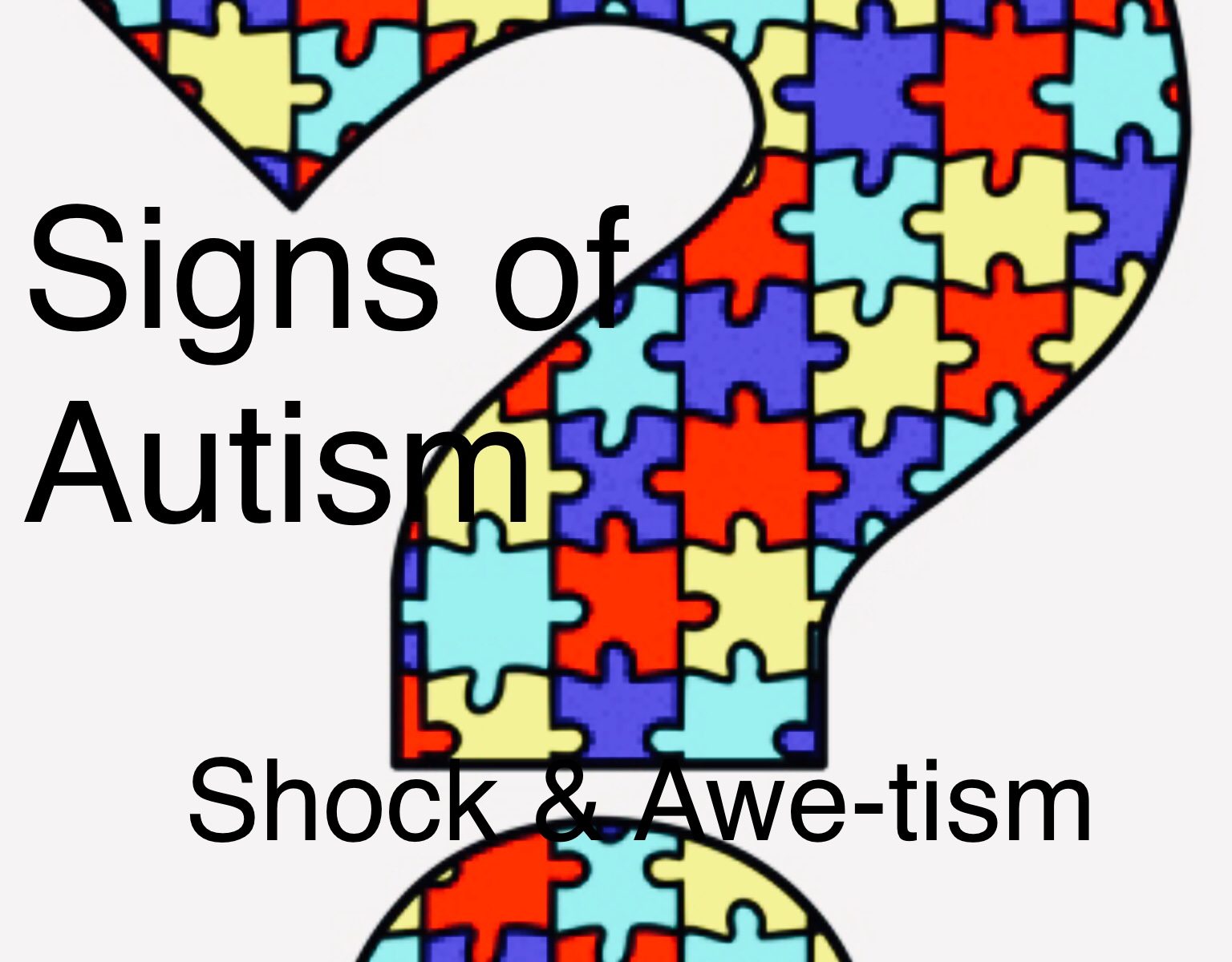
So, if you’re just joining me in this last of my four-part series on Autism, you can go back and read why I’m writing this, my experience, and what Autism is not. This post talks about what things you can look for to find if your child might be on the Autism spectrum.
There are two core symptoms that usually begin in early childhood (although they may not be recognized as such until later on). These issues persist as the child grow to some degree and interfere with daily life. The first is some social communication challenges and the second is repetitive behaviors. As I’ve said before in previous posts, these may vary in severity and differ from person to person.
Since this is a complex issue, it’s best to have your child formally assessed by a professional. This article is for informational purposes only. I’m no expert, but I feel strongly that if I had access to this information when my son was young, I could have helped him feel less frustrated and he wouldn’t have blamed himself for so long.
Here are some of the things you may notice in your child that could lead you to suspect he or she might be on the Autism Spectrum. I’m going to break them down into categories to make it easier to visualize. Remember that each person will be different. Not all Autistic people have all or even most of them. This is just a list I put together after having done some research in order to make it easier for you to determine if you should take your child to a professional to get more individual information.
Social and Communication Challenges:
Difficulty with verbal and nonverbal communication including:
* Gestures
* Spoken language (1/3 of Autistic people are nonverbal)
* Eye contact
* Facial expressions
* Lack of empathy
* Expressions not meant to be taken literally
* Recognizing emotions or intentions of others
* Expressing emotions
* Feeling overwhelmed in social situations
* Taking turns in conversation
* Gauging personal space
* Difficulty understanding other people’s feelings
* Preferring to play alone or difficulty playing with others
* Not taking part in “Make Believe” activities
* Not recognizing sarcasm or joking

Repetitive Behaviors:
* Rocking, flapping, spinning, running or walking back and forth
* Repetitively spinning wheels, shaking sticks, flipping levers
* Staring at lights or spinning objects
* Ritualistic lining up of objects or touching them in a particular order
* Narrow or extreme interest in specific topics
* Resistance to change or rigid adherence to routines
* Self-abusive looking behaviors like hitting themselves with objects
Other Behaviors and Behavior Patterns:
* Loss of previously acquired speech
* Preference for solitude
* Delayed language development
* Persistently repeating words or phrases
* Unusual intense reactions to sounds, smells, textures
* Abnormal body posture or walking on toes
* Flat tone of voice or monotonous speech
* Difficulty learning or learning disability
* Sleep disturbances (my son had waking nightmares)
* Avoiding or disliking physical contact
* Fussy eating
* Lack of coordination or clumsiness
* Aggressiveness
* Short attention span
Other Profiles:
If you haven’t read my son’s story in the first of this series, you can go back and read part one. However, my son is only one of many ways in which a person can be Autistic. So, I’ve found a page on Autism Speaks that gives various profiles of different Autistic kids that you can read through to get more of an idea of how Autism can manifest itself.
I hope this has helped you to get a bit of information on what Autism may look like. I pray you find your answers. Please comment below and let me know your situation. I’d love to hear from you.
Do me a big favor and please forward this blog post to all your social media accounts. I’d love some help getting the word out!

